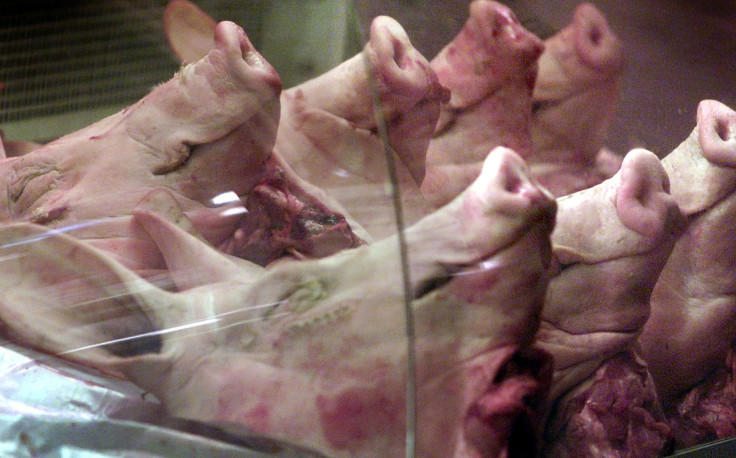Kiwi Researchers Shoot Pigs In The Head To Study Blood-Spatter Patterns, Spark An Ethical Debate

A team of researchers in New Zealand recently shot five pigs in the head to study blood-spatter patterns. The act of sedating the pigs, securing them to the surgical table before killing them with a pistol has been declared cruel and unethical by animal rights groups.
The act was performed as part of a research by the government-funded Institute of Environmental Science and Research. Officials at the institute said the pigs were sedated and treated humanely with proper care. The researchers further offered an explanation that the blood-spatter experiment conducted during the research was an important part in understanding how humans die when shot and could potentially help with criminal cases.
The study involved researchers from the University of Otago and University of Auckland in New Zealand. The study, published in the International Journal of Legal Medicine, explained that five pigs were shot from a close range with the help of a Glock semi-automatic handgun. The researchers noted the back-spatter of blood, brain and bone material.
Members of the nonprofit People for the Ethical Treatment of Animals believe that the experiment was completely unnecessary. The group said that pigs are significantly different from humans and if researchers were to interpret their results for humans, they could have used computer modeling or mannequins.
“These incredibly violent experiments are entirely indefensible, given their cruelty, inapplicability to humans and the superior non-animal research methods that are available,” said Justin Goodman, the animal rights group’s U.S. director of laboratory investigations, the Guardian reported.
The group has issued letters to universities that participated in the research to stop such kind of experiments since using live animals for forensic science experiments is no longer as common as it used to be. However, Keith Bedford, the general manager for forensic science activities at the institute, reportedly said that the researchers used computer modeling wherever possible. He, however, added that the experiment involving pigs could not have been carried out in any other way.
© Copyright IBTimes 2025. All rights reserved.





















